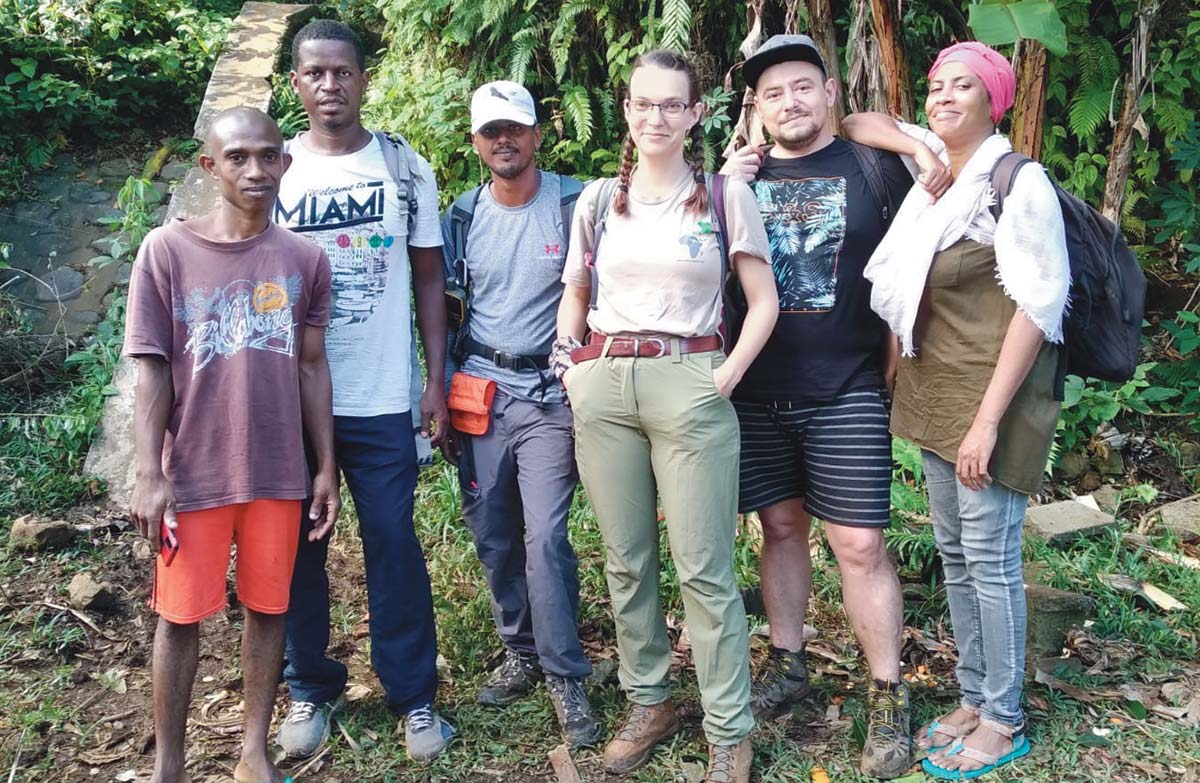
Tragedy and Triumph in Comoros

For weeks at a time, Dr. Mandl, Bat Conservation International (BCI) Endangered Species Interventions Research Fellow, heads to Comoros to tag the Critically Endangered Livingstone’s fruit bat (Pteropus livingstonii) with GPS trackers. Because little is known about the habits of these bats, which have a maximum wingspan of four feet, the tracking data provides crucial information about their day-to-day lives.

“Needless to say, it was difficult to get things back on track and figure out how to deal with the situation, both from an emotional and a logistical perspective,” Dr. Mandl says. But the team persevered, heading into the mountainous, forested terrain that the Livingstone’s fruit bat calls home.

“The bats took pity on us, and we found a great spot where it was relatively easy to catch a few,” she says, acknowledging that setting up 59-foot-long nets in trees on a steep slope is, arguably, not very easy. Ultimately, the team caught seven bats, bringing the total number of tagged bats to 17.
In May, Dr. Mandl returned to Comoros on another month-long trip, where she worked on tagging more bats. She will also experiment with techniques for gathering fecal samples and work with Dahari to identify the trees preferred by Livingstone’s fruit bats. “The GPS data helps us identify the specific trees the bats visited, ultimately leading us to find likely feeding trees,” says Dr. Mandl.
In addition to studying Livingstone’s fruit bats, Dr. Mandl and BCI’s Endangered Species Interventions group are researching new projects across Africa. “I was fortunate enough to be able to go to Kenya and Mozambique to visit caves and habitats under immense pressure of disturbance and destruction, ultimately threatening the many bat colonies living there,” says Dr. Mandl. “We are trying to set up conservation actions with local collaborators in those countries to make sure the bats can keep their homes.”